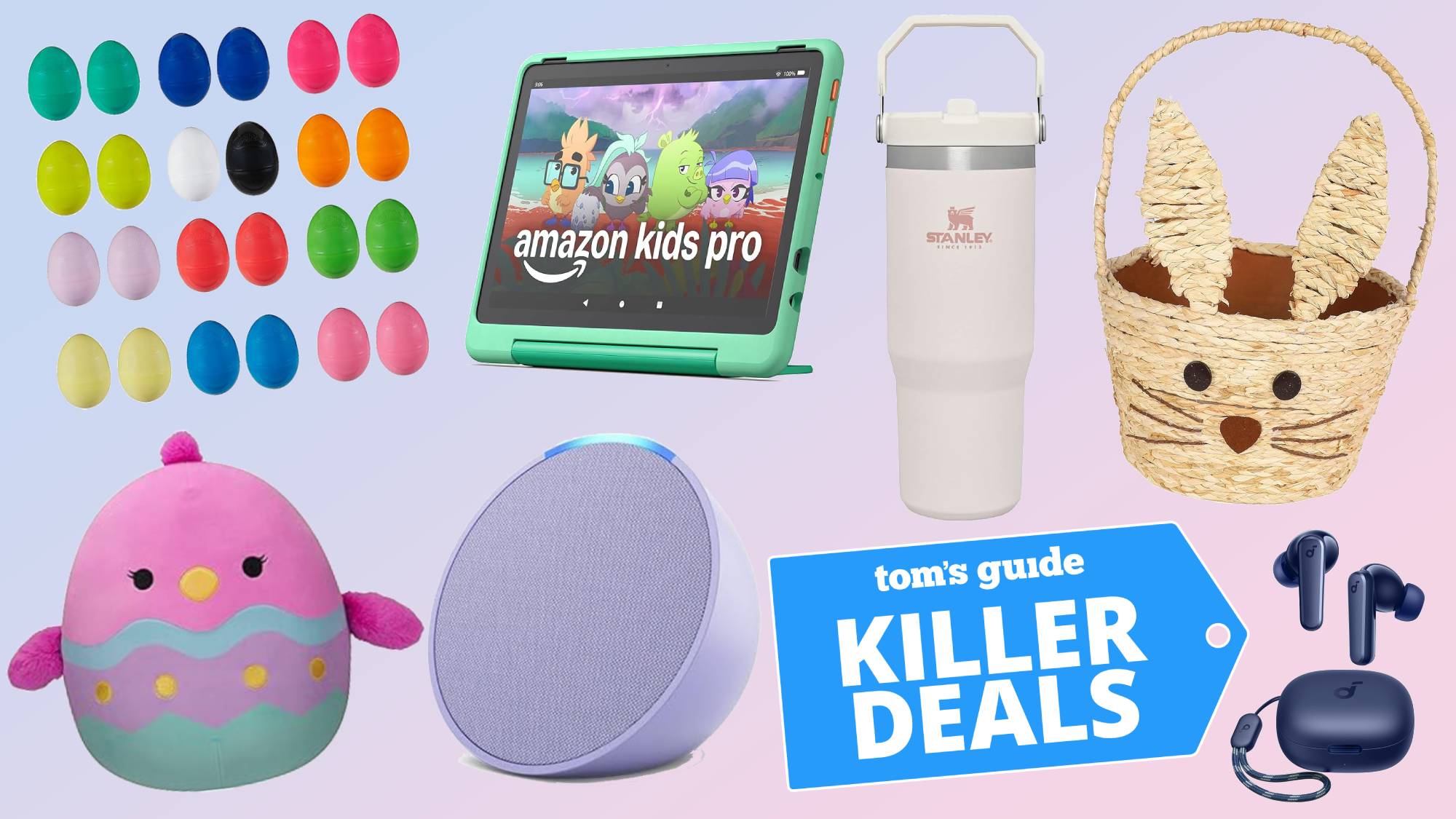Apple Vision Pro — 7 things that surprise me most about this new spatial headset
Apple’s take on a mixed-reality device is almost here
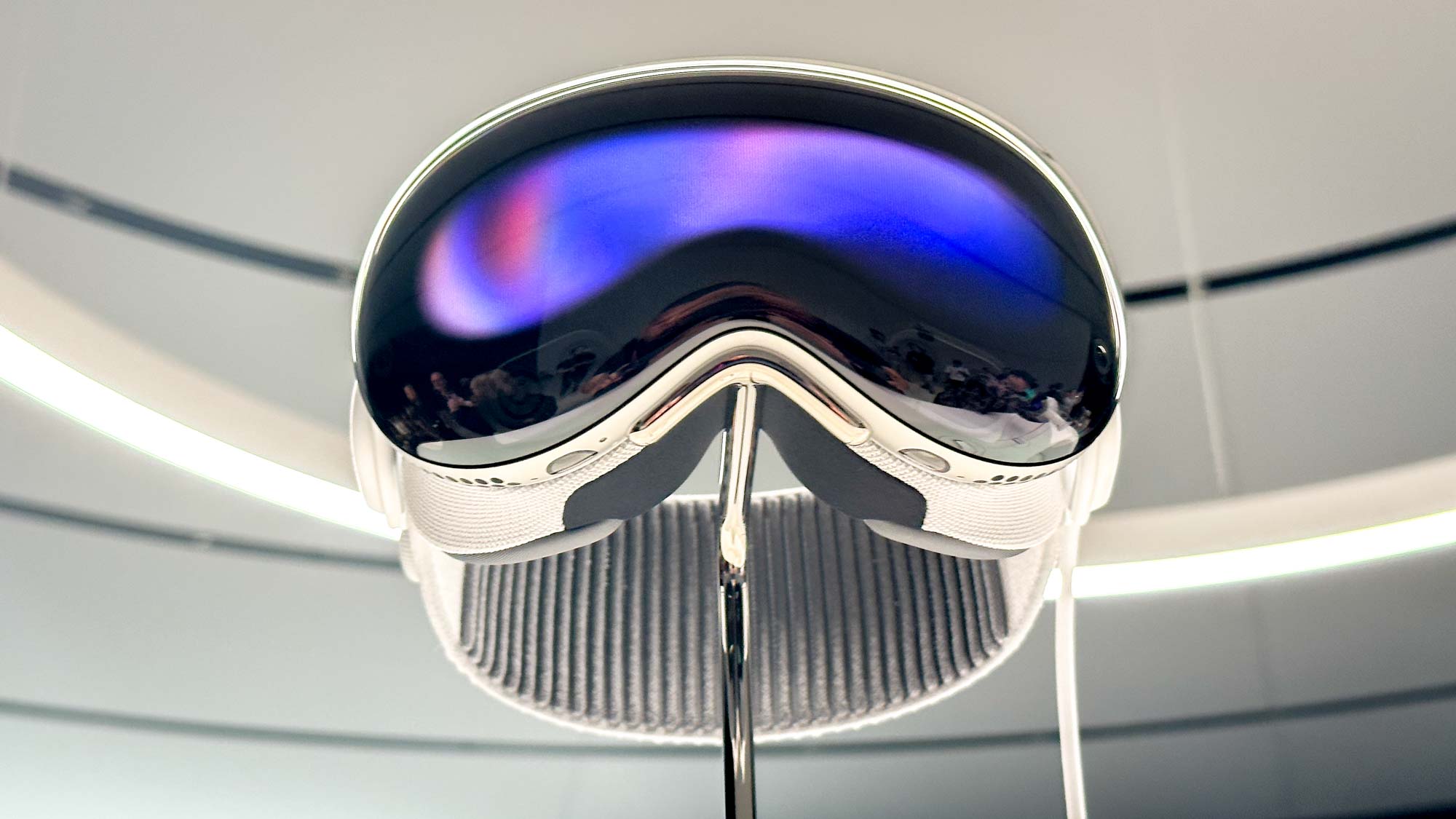
Apple may not be present at CES 2024, but that hasn't stopped the tech giant from stealing the spotlight. In case you missed the announcement, Apple revealed that the new spacial computing Apple Vison Pro headset will hit store shelves on February 2nd in the US, with preorders starting January 19th.
In addition to the release date, Apple dropped a splashy video advertisement full of pop culture references. It looks strikingly similar to another legendary product ad —can you guess which? (Answer revealed below.)
As both a writer covering tech wearables and a nerd passionate about spatial computing and gaming, here's what surprises me most about the highly-anticipated Apple Vision Pro mixed-reality headset.
1. It’s pricey. Like, really pricey
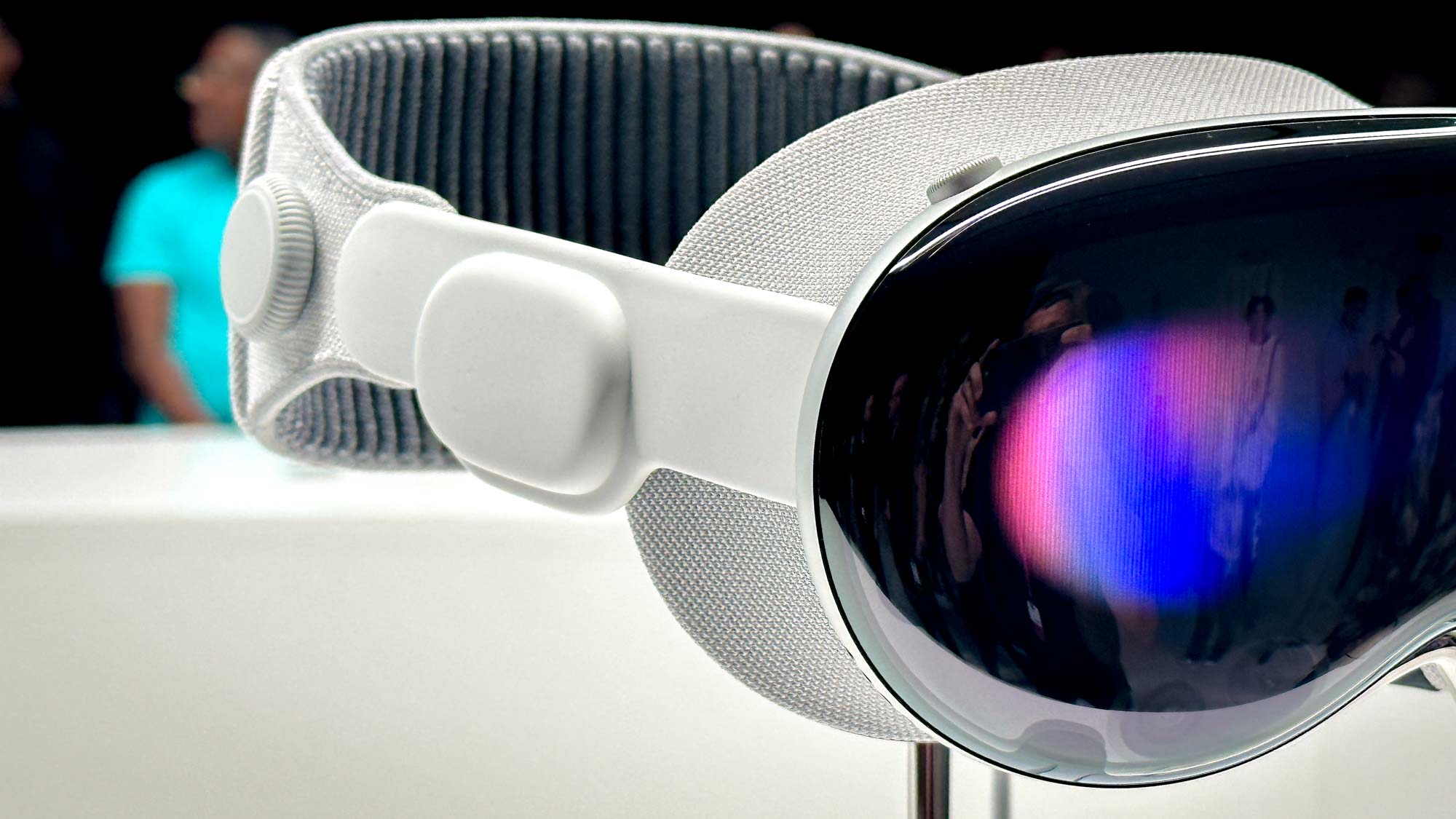
The Apple Vision Pro headset will set you back a cool $3,500 at launch. This likely puts it out of reach for the casual users or the mixed-reality curious. But we’re sure hardcore tech geeks and Apple fanatics will find a way to scrape enough dough together for what may be a legendary product — even if it means checking under every seat cushion in a 100-mile radius.
For what it’s worth, you could buy a lovely 14-inch M3 Max MacBook Pro for around the same price. Or, you could pick up two of these super-cool-looking Segway Go-Karts and live out your Mario Kart dreams.
2. The first Vision Pro ad riffs off the original iPhone ad
The Cupertino tech giant seems confident the Vision Pro will take off with customers. How do we know? Apple remade the legendary video ad that launched alongside the original iPhone back in 2007. This time, of course, the focus is on goggles and headsets in pop culture rather than phones.
From Gene Wilder in Young Frankenstein to Luke Skywalker and Snoopy, the ad shows various legends of the silver screen and TV accessorizing with eyewear. It then cuts to a woman donning a Vision Pro headset in her living room and stepping into a world of mixed reality.
3. It may resemble a VR headset but it’s all about mixed reality
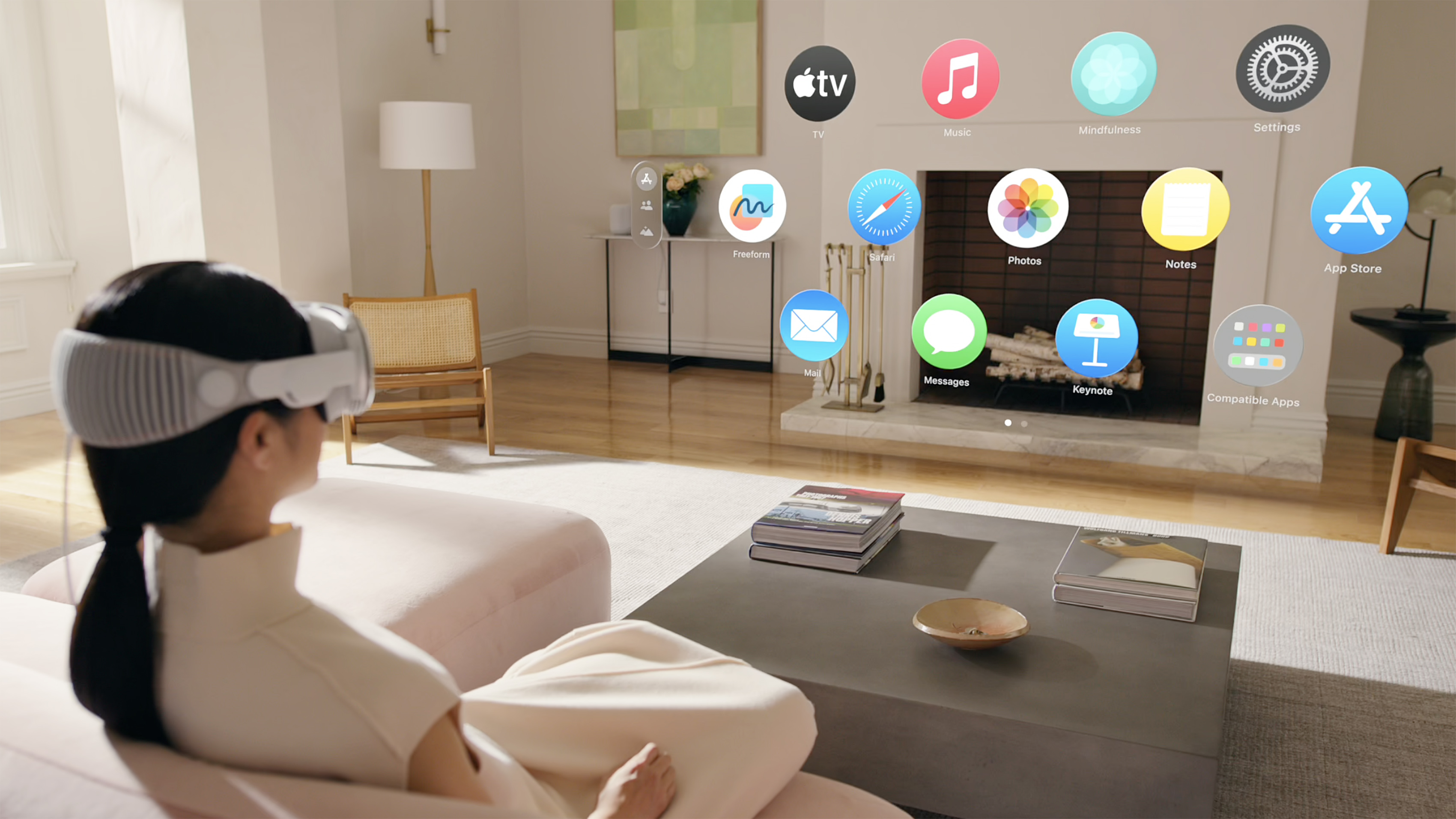
It may look like one of the best virtual reality headsets — and indeed, the Vision Pro is capable of full VR immersion — but Apple’s latest product is all about a mixed-reality experience. In other words, users are meant to see and interact with their surroundings while wearing the headset. Apps, for instance, will appear floating in the space in front of you — browser screens and other windows can be opened and moved around.
What if you want to watch a movie? A crown on top of the device lets users dial in how immersed they are, from augmented reality to full VR.
4. Battery life is just 2 hours
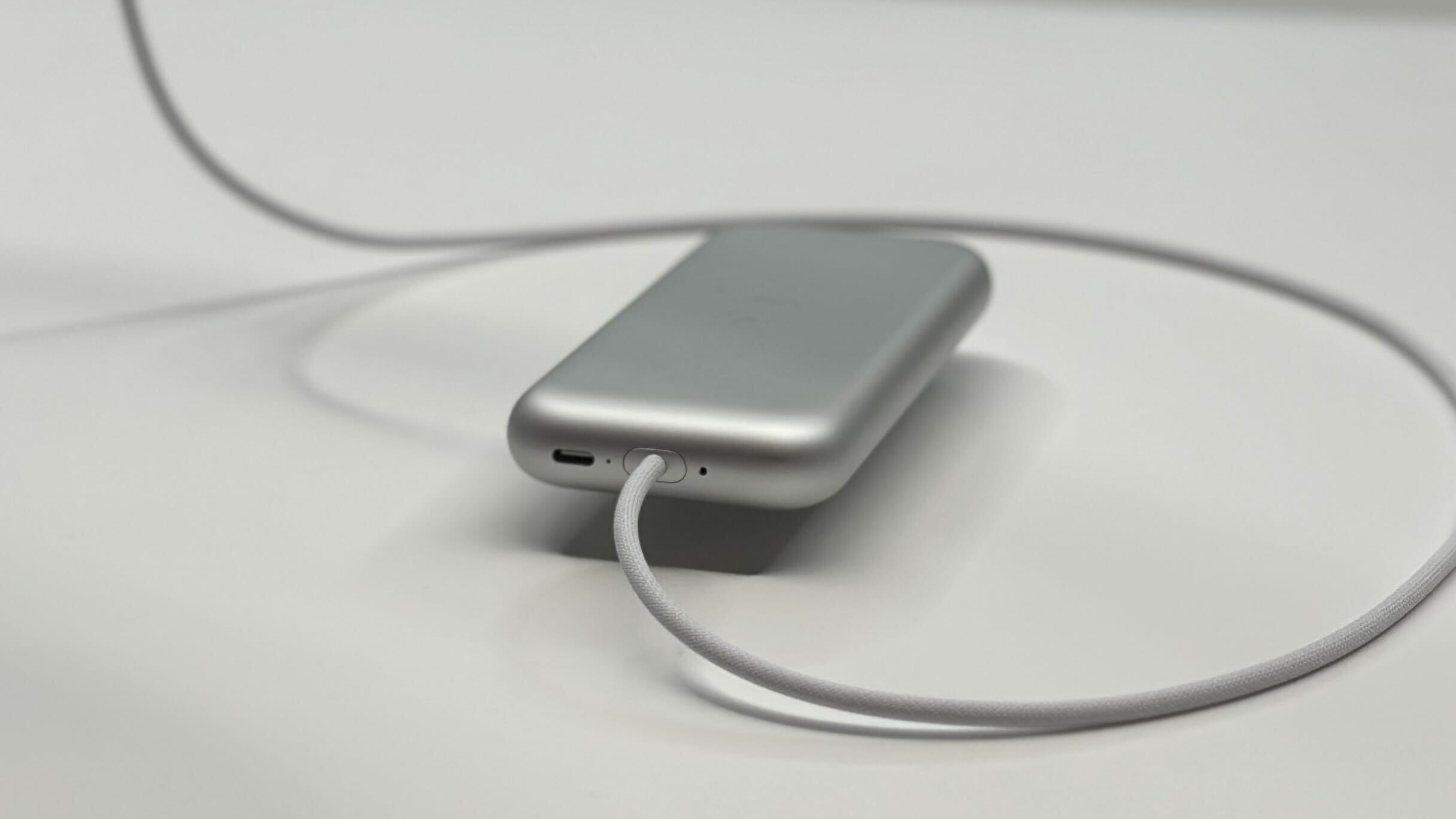
Unlike popular VR headsets, Apple’s MR Vision Pro must be plugged into a power source or connected to an option external battery via a tethered cable. Apple says the accessory battery is small enough to slip into a pocket, but it only has enough juice for two hours of use.
Sorry, you won’t be able to watch Golden Globe-winning films like Oppenheimer in their entirety without swapping the battery or plugging it into a socket.
5. Glasses and contact wearers may need an optical adapter
Window-faced folk (like myself) often get the raw end of the deal when it comes to high-tech goggles and eyewear. Seriously, there is nothing worse than having to rock a pair of 3D glasses over your existing ones.
To make things easier for folks with glasses or contacts, Apple will sell Zeiss-branded optical inserts that magnetically attach to the inside of the Vision Pro headset. Reading lenses will cost $99, while prescription ones will run you $149. Both will be available online only.
6. Your eyes are still visible to others while wearing it
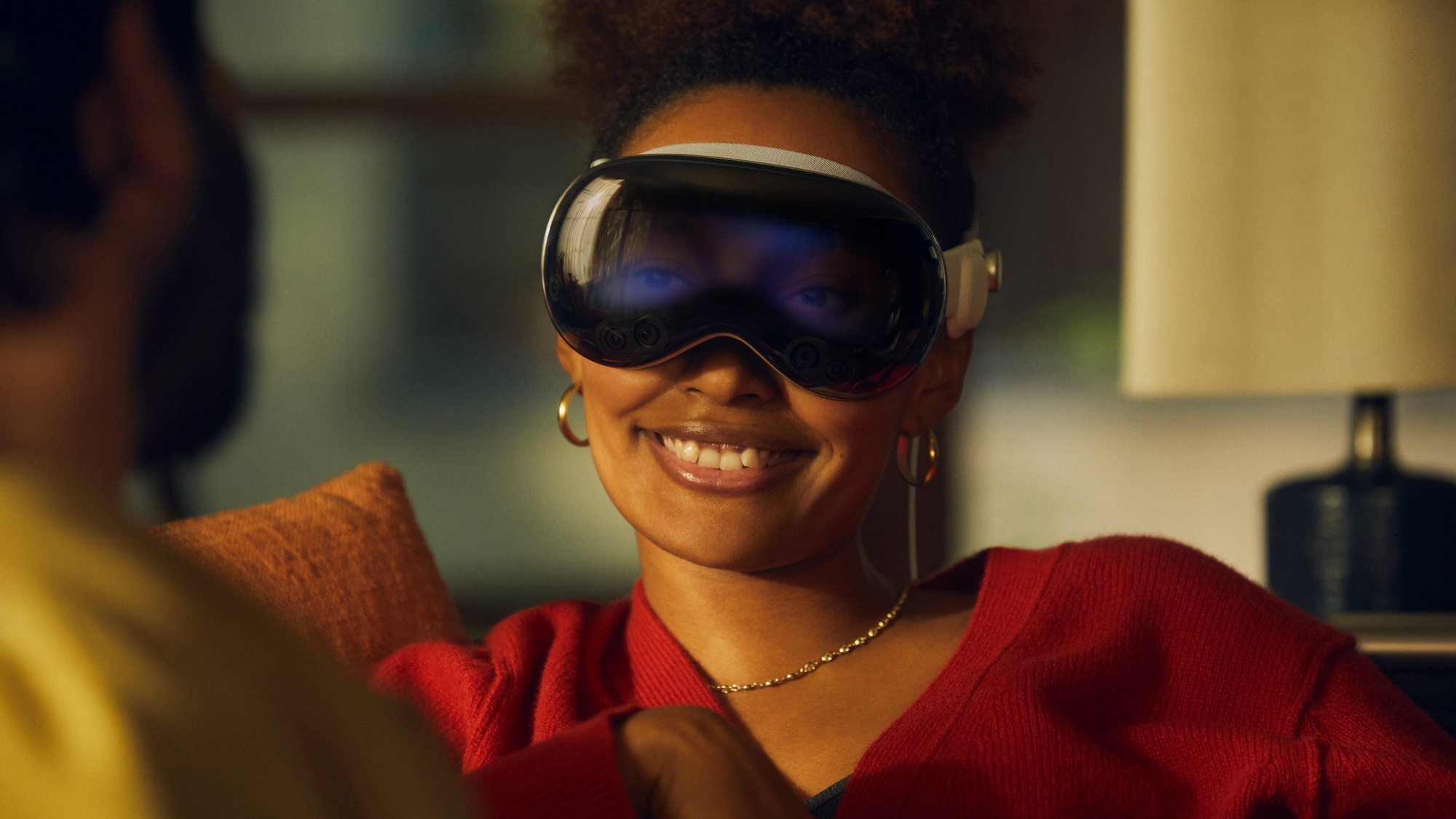
Apple calls the feature EyeSight. While wearing the headset, a display embedded under the curved front-facing glasses reveals the eyes of the user, in real-time, to those around them. The goal here is natural interactions between the Apple Vision Pro wearer and their surroundings, including people in the same room. But will it be creepy? Time will tell.
7. There is no controller
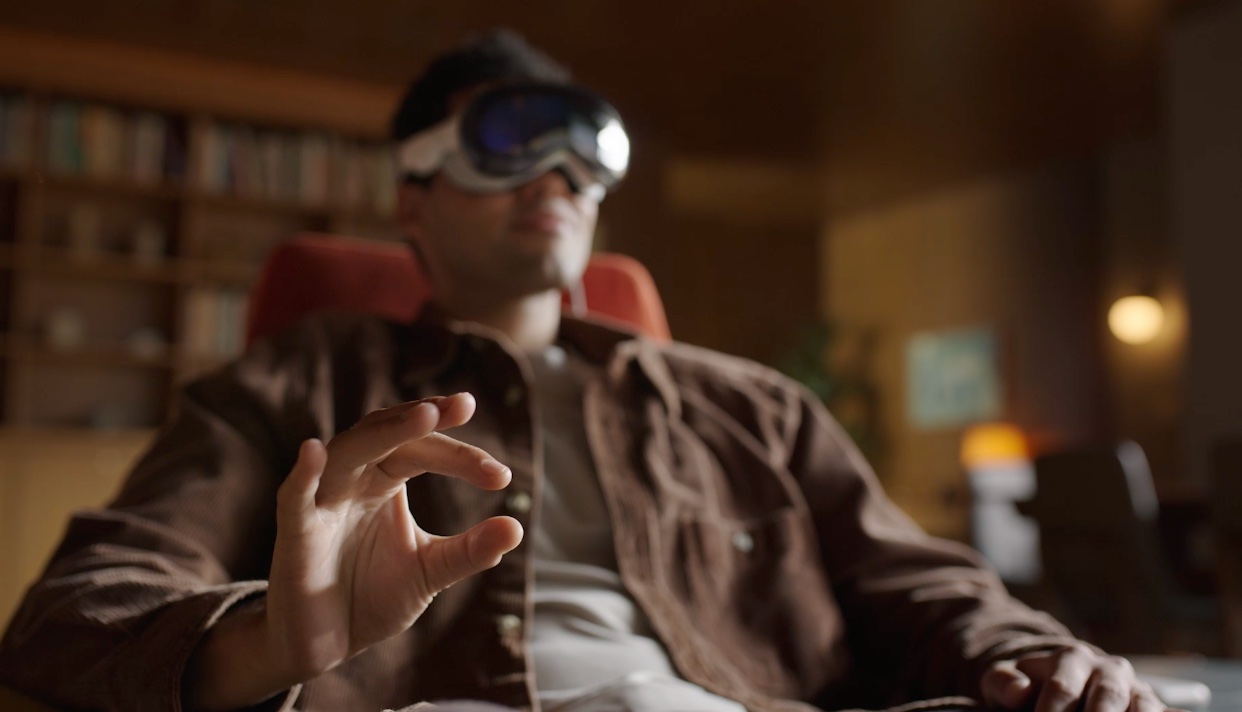
Wearing the headset, users navigate the spatial interface using their eyes, hands and voice commands — there is no controller. This may sound a bit unreliable or even confusing but from our hands-on experience with the Apple Vision Pro, the interface works well.
Bonus: It looks like something straight out of Star Wars
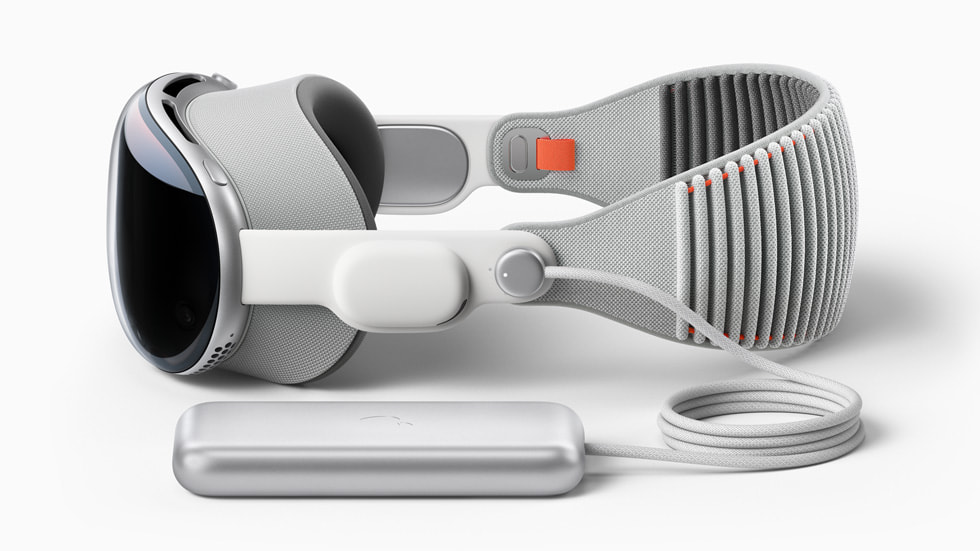
The Apple Vision Pro ships with two bands: a solo knit band and a dual loop band. Both serve the same purpose: to keep the headset on your head. So, choose whichever is most comfortable.
The Vision Pro with the solo knit band looks especially cool, IMHO, like something you might toss on before hopping into the cockpit of an X-Wing and taking on the Empire. While that may be an exaggeration, Disney has officially partnered with Apple on the Vision Pro launch. So, all Disney+ content will be available on day one, including every Star Wars flick.
More from Tom's Guide
Sign up to get the BEST of Tom's Guide direct to your inbox.
Get instant access to breaking news, the hottest reviews, great deals and helpful tips.

Dan Bracaglia is the Tom’s Guide editorial lead for all things smartwatches, fitness trackers and outdoor gear. With 15 years of experience as a consumer technology journalist testing everything from Oura Rings to instant cameras, Dan is deeply passionate about helping readers save money and make informed purchasing decisions. In the past year alone, Dan has assessed major product releases from the likes of Apple, Garmin, Google, Samsung, Polar and many others.
An avid outdoor adventurer, Dan is based in the U.S. Pacific Northwest where he takes advantage of the beautiful surroundings every chance he gets. A lover of kayaking, hiking, swimming, biking, snowboarding and exploring, he also makes every effort to combine his day job with his passions. When not assessing the sleep tracking and heart rate accuracy of the latest tach gadgets, you can find him photographing Seattle’s vibrant underground music community.
